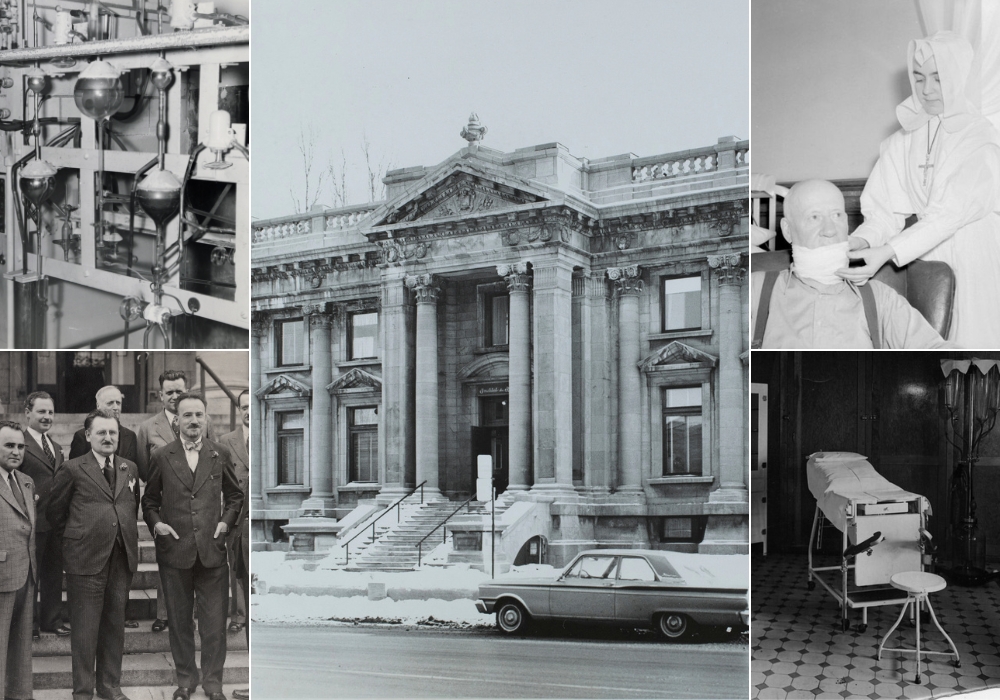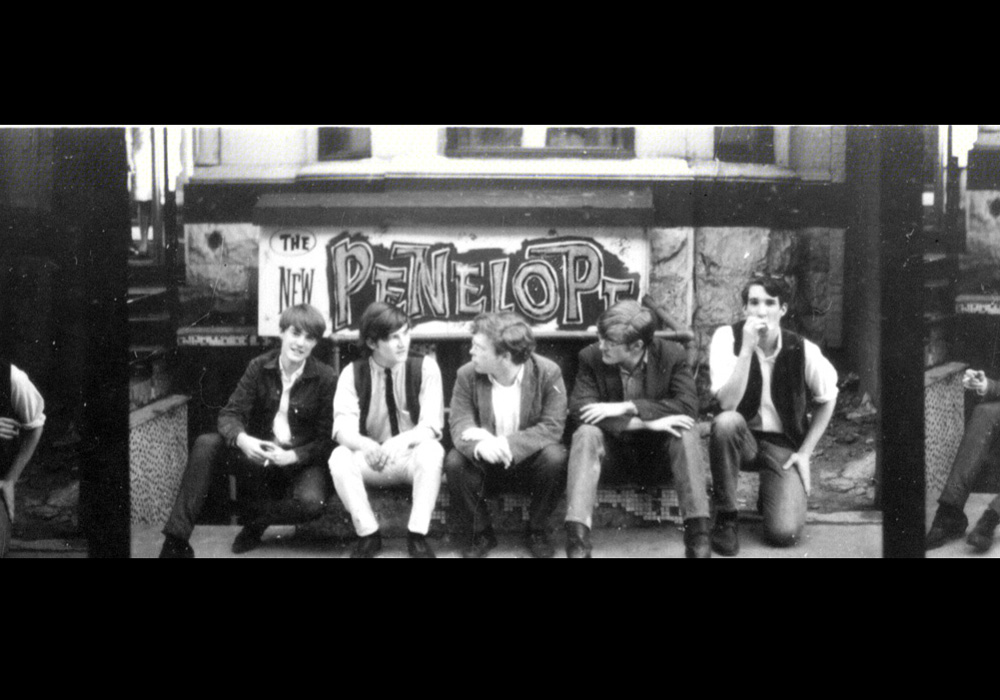
In the early 1900s the carnival beckoned its audience with canvas signs and callers. Banners and posters were strung up in succession, tempting the public with glimpses of the exotic. Sensational images and peeks of the show inside introduced by a caller’s spiel enticed spectators to venture inside the tent. This fanfare at the entrance to a show was known as “ballyhoo”.
Although riveting, these banners reflected a bygone era. The 20th century spurred modernization in every aspect of North American culture and the carnival industry was no exception. A new face for the carnival was needed.
John C. (Jack) Ray, the almost forgotten Toronto commercial artist and master designer of theatrical scenery met James Wesley (Patty) Conklin the “Carnival King” in the Palliser Hotel in Calgary where Jack was a busboy. This chance meeting would change Jack’s life and the face of the modern carnival forever.
Patty Conklin hired Jack initially as sign painter in 1937, by the early 1940s he was designing shows and fronts for the Canadian National Exhibition (CNE) and the “Fair for Britain”. His colourful, modern, art deco show fronts, structures and buildings would adorn CNE and Conklin shows until the end of the 1950s. His work was so respected throughout the industry that showmen travelled to the CNE to see Ray’s designs. Jack was the first to specialize in amusement park design and he was inducted into the International Association of Amusement Parks and Attractions Hall of Fame in 2000.
Ray’s creative pop culture design can be seen in his architectural drawings and artist renderings which show the Art Deco and modern design movements in the outdoor amusement industry during the middle of the 20th century and the innovations of this little remembered but very important member of the carnival and amusement park world.
Like the carnival itself, its history exists on the fringes of society. There is an interest in, and historians dedicated to, the subject, but the itinerant nature of the industry has left large gaps in the documentation. In Jack’s designs, we encounter through the artist’s eye the edgy entertainment of the North American midways: stunt shows, girl shows, rides and spectacles that are unknown today.

